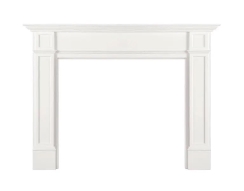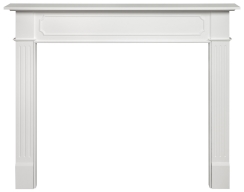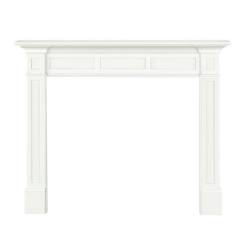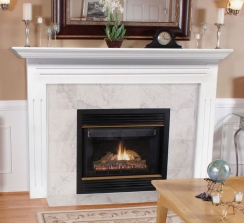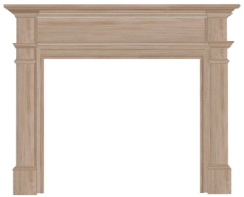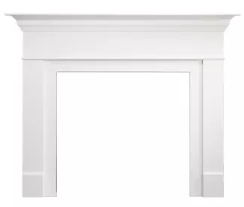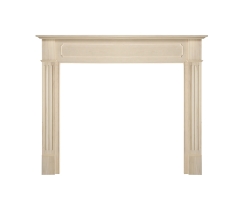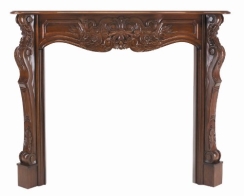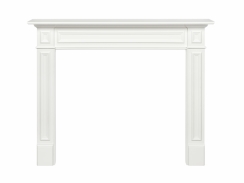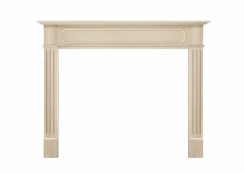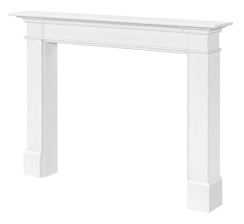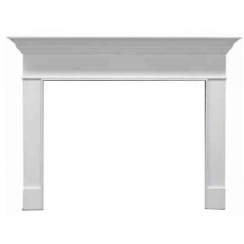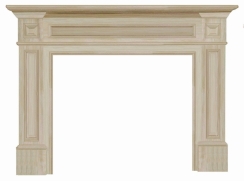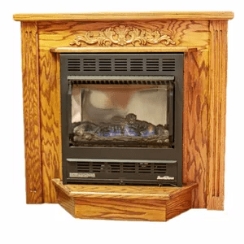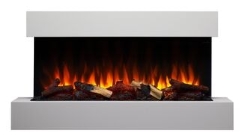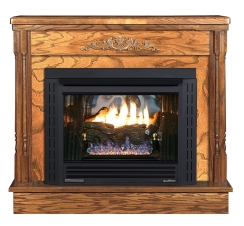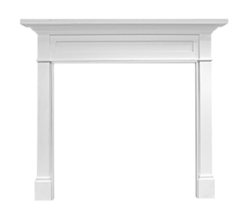Fireplace Mantel Surrounds
Displaying 1–20 of 57 items
Have questions?
Our NFI-certified experts are here to help!Related Articles
Customer Q&A with Product Specialists
Thank you for reaching out!
Thank you for your interest in our products. We've received your question and will get back to you shortly — usually within the hour but always within 1 business day. To ensure you receive our response, please add our email address (info@efireplacestore.com) to your email whitelist or address book.
In the meantime, while we prepare our response, keep an eye on your inbox for an email from us. We'll be sending you our exclusive Buyer's Guide, packed with valuable information to assist you in making the best decision for your needs.
If you have any further questions or need immediate assistance, feel free to reach out to us directly at 1-800-203-1642.
Thank you again for choosing eFireplaceStore.com!
Customer Images

About Fireplace Mantel Surrounds
A fireplace surround and a fireplace mantel surround work in equal measures to ensure that your fireplace is beautiful and protective of the items around it. Fireplace surrounds lay "inside" the legs of a standing-style mantel to provide a "finished" look and protect from the heat generated by the fireplace. While they may vary, fireplace surround kits are an accessory you should definitely consider when designing your fireplace. Do you want to know more about fireplace mantels and surrounds? Check out our Fireplace Mantel Surrounds Buyer's Guide!
